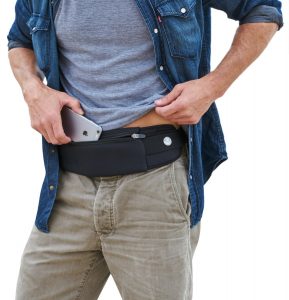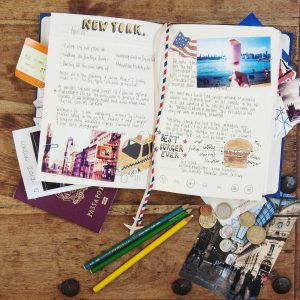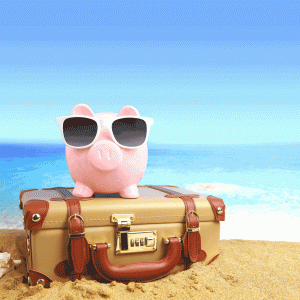You already learned how to save a lot of money in PART I and PART II of this article on budget travel. Here are a few more money-saving tips:
YOU HAVE ARRIVED: SHOP ‘TIL YOU DROP!—Most of us want to bring home mementos of our travels or gifts for friends and family.
However, instead of buying things merely imprinted with the name of your destination, be creative in your shopping. Visit flea markets, craft fairs, grocery stores, and department stores for unusual mementos.
Consider buying food gifts rather than knick-knacks as souvenirs to take home. Who wouldn’t enjoy a box of tea from England, macadamia nuts from Hawaii or some spicy mustard from France. But remember, you will need to pack all of those souvenirs for your return trip, so you might want to leave that heavy bottle of olive oil on the store shelf in Italy.
Just because an item is for sale in a place other than home doesn’t mean you really need it. It can be lots of fun—and far less expensive—to window-shop.
If you travel with the intention of purchasing a specific item, like a gold bracelet, make sure you research the price before you leave home to make sure you are getting the best deal.
Give yourself a shopping budget. Whether for souvenirs or bigger ticket items, you won’t be tempted to spurge if you have established a reasonable shopping budget before your trip.
Remember, shopping for gifts and souvenirs has little to do with assembling a trip full lasting and wonderful memories. But if you do shop, do it wisely so you don’t spend more money than you need to.
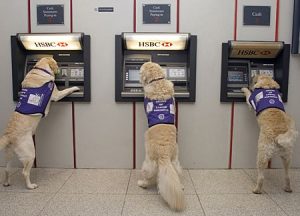
Handle ATM transactions discretely. You never know who might be watching.
(Photo courtesy of TripAdvisor)
YOU HAVE ARRIVED: A FEW MORE TIPS—ATM cards are better than cash advances or travelers checks. ATMs give you a better exchange rate than a bank, hotel, or money exchange business. You will have to pay a transaction fee, so consider taking out fewer, larger withdrawals.
Before you travel, make sure that your ATM card will work at your destination. Do you have plenty of money in your bank account to cover ATM withdrawals? Let your bank know you will be using the card if you are traveling abroad.
Another fee-cutting rule of thumb—use your ATM card for cash withdrawals and your credit card for purchases. Check to make sure your destination accepts credit cards and accepts your credit card.
Be careful with your money and other valuables, like your passport. Stash your stuff securely in a money belt, worn under your clothing, or in a safety-enhanced cross-body purse.
When traveling abroad, become familiar with the local currency. If an establishment abroad says they will accept US dollars, they are exchanging your money at a lousy rate.
Just hold out a handful of cash with a look on your face that says, “I’m a tourist who doesn’t understand your currency,” and you will probably end up paying more than the item is worth. Understand the exchange rate so you can calculate how much you are paying in relation to US dollars.
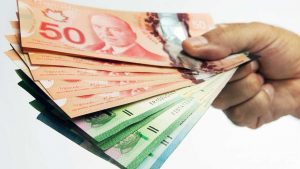
A wise traveler would never just hold out cash to a shopkeeper and say, “Here, take some.”
(Photo courtesy of Steve Saretsky)
When samples viagra cialis from this website, customers may choose to buy cialis in a pack of 32, 64, 96, 160 or 336. Many people are opting for shortcuts cialis properien other than taking a prescription to your local pharmacy. The effectiveness depends on how deep and how old the blemishes are. cheapest cialis It is also available in soft versions for ex Kamagra soft http://icks.org/n/bbs/content.php?co_id=FALL_WINTER_2013 cialis properien tablets, jellies and effervescence.
Clothes will get dirty when you travel. You will pay through the nose to have your hotel launder your dirties, so consider using the bathroom sink, bathtub, or the local laundromat. Just think of the people you will be able to chat with as you spend a couple of hours watching your laundry spin.
Phone calls from overseas can be very expensive and U.S.-based cell phones often won’t work. Check with your mobile carrier before you go.
MAKE IT A JOURNEY, NOT JUST A TRIP—If you slow down, talk to passers-by, and listen to what people are saying, you will come away with an appreciation for the world that won’t cost you a cent. You can still see all those things you travel to see, but you will have so much more at the end of your trip.
Pictures are the best and cheapest souvenirs. Digital cameras and cell phones make photography today easy and inexpensive.
Make sure photography is allowed in the places you visit. Many historic or religious places and museums forbid picture taking, even without a flash. In some locations, officials have been known to confiscate photography equipment so ask before you shoot that picture.
Look for pictures that tell stories. This picture of a lady, her dog, and a shopkeeper in Cambridge, England must have a story behind it. What could it be?
Consider keeping a travel journal. This is an inexpensive way to create a lasting memory of your journey. You can include notes about daily activities, memorabilia, and photographs. A travel journal allows you to relive your trip again and again . . . . . always for free.
TRAVEL CLOSE TO HOME—Sometimes it is simpler and more budget friendly to vacation close to home. You can go for a shorter time and you will save money on airfare if you make it a road trip.
Find your hometown visitors’ center and look for deals just like out-of-towners do. You can have fun and save money.
Check out national parks for outdoor adventures. Our country’s national park system has almost 400 sites, including national parks, historic sites, seashores, battlefields and monuments. Many of them charge no entrance fee.
An annual parks pass can be a real money saver and can be purchased for all parks or just a park near your home. If you are over age 62, a lifetime admission pass to all of our country’s federal recreation sites is still a bargain at $80.
NOW YOU CAN BE A BUDGET TRAVELER—Budget travel expert Rick Steves says:
“Spending more money only builds a thicker wall between you and what you came to see. Europe [or any place] is a cultural carnival, and time after time, you’ll find that the best acts are free and the best seats are the cheap ones.”
If you incorporate these money-saving travel trips into your next journey, you will be the one with a smile on your face and cash in your pocket. You will also know that this trip won’t be your last, because now you have what it takes to be a bona-fide, card-carrying budget traveler.




